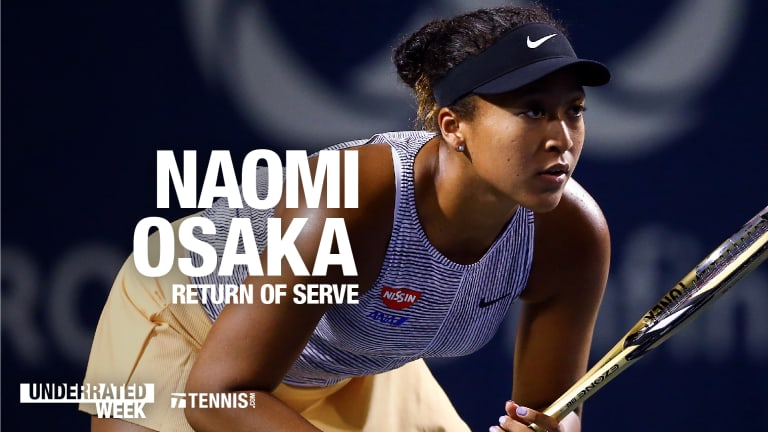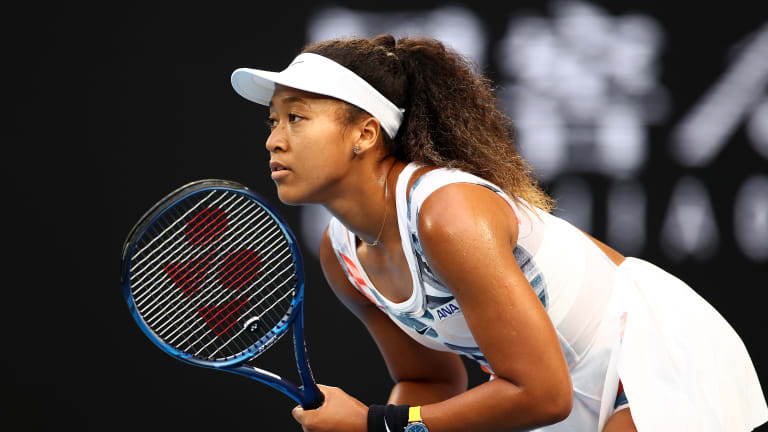Underrated Traits of the Greats: Naomi Osaka's return of serve
By May 08, 2020Madrid, Spain
Naomi Osaka loses in Madrid, bows out to Liudmila Samsonova on clay
By Apr 25, 2024Madrid, Spain
Rafael Nadal says he is not 100% fit ahead of Madrid debut and unsure about playing Roland Garros
By Apr 24, 2024Madrid, Spain
Naomi Osaka victorious in Madrid return, defeats Greet Minnen for first clay win since 2022
By Apr 24, 2024Madrid, Spain
First round between Emma Raducanu and Karolina Pliskova highlights early WTA action in Madrid
By Apr 21, 2024Good Trouble with Nick Kyrgios
Naomi Osaka reflects on the lessons of her past, the reality of her present and hopes for the future
By Apr 17, 2024WTA Rouen, France
Naomi Osaka bows out of first clay-court match of 2024, loses to Trevisan in Rouen
By Apr 17, 2024Billie Jean King Cup
Japan, Australia and Slovakia advance to the Billie Jean King Cup Finals
By Apr 13, 2024Billie Jean King Cup
Naomi Osaka makes winning return to Japan's Billie Jean King Cup team against Kazakhstan
By Apr 12, 2024Style Points
Naomi Osaka shows off New York shopping haul: “Are you kidding me?!”
By Apr 12, 2024Underrated Traits of the Greats: Naomi Osaka's return of serve
Perhaps the underrated aspect of the Japanese star’s return is her work ethic and how extensively she’s practiced this shot to make it so darn powerful.
Published May 08, 2020
Advertising

Underrated Traits of the Greats: Naomi Osaka's return of serve
Advertising

Underrated Traits of the Greats: Naomi Osaka's return of serve
© Getty Images
Advertising

Underrated Traits of the Greats: Naomi Osaka's return of serve